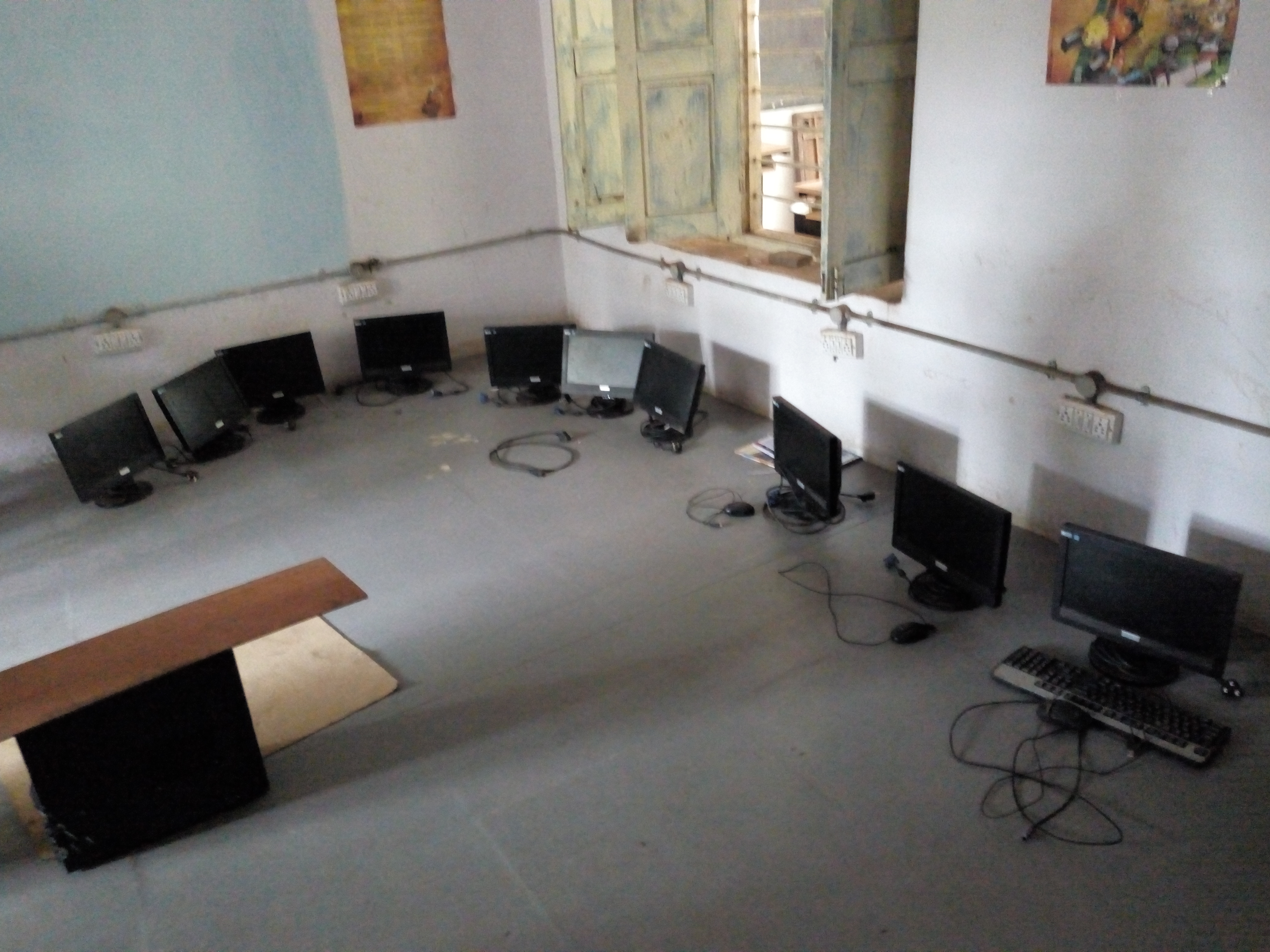A few friends were speaking about modalities of education: Paid, Subsidized, or Free. In paid education, the teacher is given an income to teach. Subsidized education is when the act of teaching gets the teacher some amount, and a different activity (consulting/farming/business etc) gets the teacher some amount. Free is when the teacher is not paid to teach.
In this definition, modern University education falls under the bucket of Paid or Subsidized. Teachers are generally paid well at Universities. There are also adjunct and visiting faculty who are paid a small amount to teach part-time. Free education is when a teacher does not depend on the teaching activitiy for income, or even subsistence. When we discussed free education further, the how and why also came up:
How can education be free?
It is claimed that in ancient India, education was “free”. Sages, saints, and teachers apparently never took money for teaching. I am saying apparently because I am yet to meet a saint who will teach for free. Teachers are also humans, and have needs. These needs were met by picking up grains from fields, begging from house to house, or accepting donations from rich people. When a student was graduating, the teacher could express a wish that the student needed to fulfil. But this was also called “dakshina”, or donation. Technically, the teacher could not demand a fee. In some parts of India, this was called “Uncha vritti”. Uncha vritti places a very high demand on the teacher. It is possible that on certain days, a teacher may not get anything from uncha vritti. The challenge is familiar to Indians who may have read the Mahabharata. Dronacharya, an expert teacher of warfare becomes an acharya for the royal family of Hastinapur. Dronacharya is not able to afford milk for his infant son. But according to the custom of the day, he can only beg, but not demand any salary. This leads to his bitter enemity with a King called Drupada, and the story is summarized here.
India apparently had the concept of Agrahara – land was donated by kings or rich people where teachers established centers to learn, and recite vedas. These were mostly religious in nature, and there is an introduction here.
One can argue that the University system enables somewhat “free” education. A university offers salary to a teacher in return for taking classes. The argument made is that this salary is very very small as compared to salaries offered in industry. But the university in modern days no longer supports the philosophy behind “free” education. With salary negotiations, perks, and all benefits taken into account, a good University job is quite cushy. A department or faculty is often measured in terms of how much grant money they can attract and how many publications they get. Universities do not care if the grant lead to social change, or challenged the boundaries of human understanding. Hard and hot science departments (Computers, Materials, Biology etc) are flourishing, with entire buildings and campuses dedicated to their pursuit. But humanities and fine arts departments are struggling for existence.
Modern social structure also no longer supports “free” education. Society itself rewards a hard hitting coder than a soft playing pianist. Students do not go to a teacher to learn a topic for the love of the subject. They learn a subject because the right keywords in a resume will get them a job. Ergo, they will offer the best enticement to a teacher who can promise the best “career”. In some horrifying situations, students do not even care if the teaching was of a good quality or not. The perception of getting a “degree” with good grades is more important than the knowledge gained in a classroom.
eLearning can offer somewhat “free” education. The computer is is non-emotional. The process of teaching facts and figures can be made “free”, universally available. eLearning cannot replace teachers, or the thrill of a classroom. It cannot offer knowledge or mentorship, but it can be a good stepping stone, a resource where there is no alternative.
Why should education be free?
Many friends argued that free education is not good and cannot have good quality. In their definition, good quality is when education translates into applications and careers. Such education is a ticket out of poverty and towards modern living. The argument made here is that such eduation will require the latest technologies, the best and the most updated teachers. And such paraphrenalia will command a good price. So, education must be free for the customer, but it cannot be free for the teacher. Let the Government, philantrophy or some other mechanism pay on behalf of the student. But the University and teacher must have commercial interests in their mind. I also shared this view for several decades.
But now I realize that there is one risk. Most careers lead to greed, accumulation, aggrandization of the ego. This directly or indirectly feeds the many conflicts in this world. The original conflicts among humans were for control over natural resources – rivers, land, minerals, food, manpower. Those fights exist, but more nuanced reasons have been added – it is called “market share”, “profit”, “ideology”, “religion”, “way of life”.
Why is this competition/fighting related to education? Education leads to knowledge and technology, and these often give a winning edge. Knowledge allowed countries to design cannons, guns, rockets and atom bombs. Knowledge allows companies to design products that are better than their competition: faster screen, better fuel efficiency, more fashionable, more screen time, more customer engagement, increased dwell time, higher click through. Countries, religions, ideologies, companies, sports teams, colleges, schools, and individuals, everyone have started indulging in this hyper competitive race at the respective level. And any form of education that can give even the minutest edge has the most commercial success.
Free education is required because it can help us question the premise of competition. If education turns into a transaction that binds students, parents, or society into a pre-concieved notion of success, it is not true education. Truly free education may force at least some people to think: “Who are you competing with? Another human, member of another species, nature? Is this competition worth winning?”
Whatever be the model, such education can only be free if an individual teacher can, to some extent overcome the demands of a materialistic life.
Personal disclaimer: I am yet to become a “free” teacher. Currently, I am a “paid” teacher.



